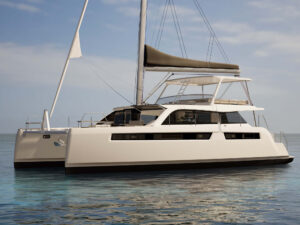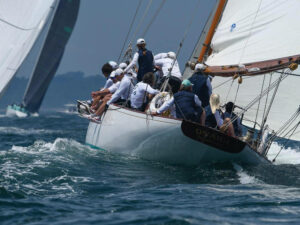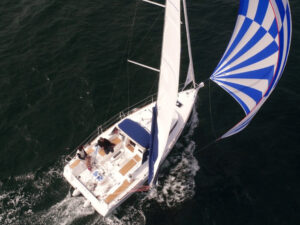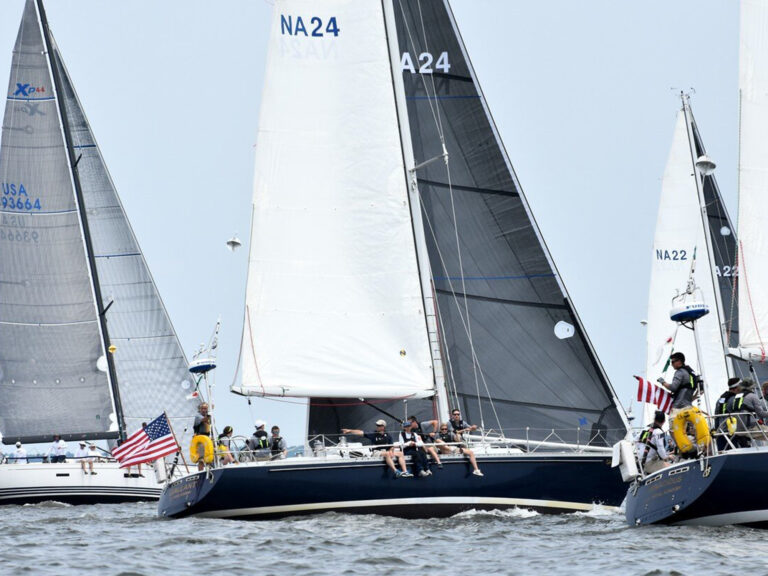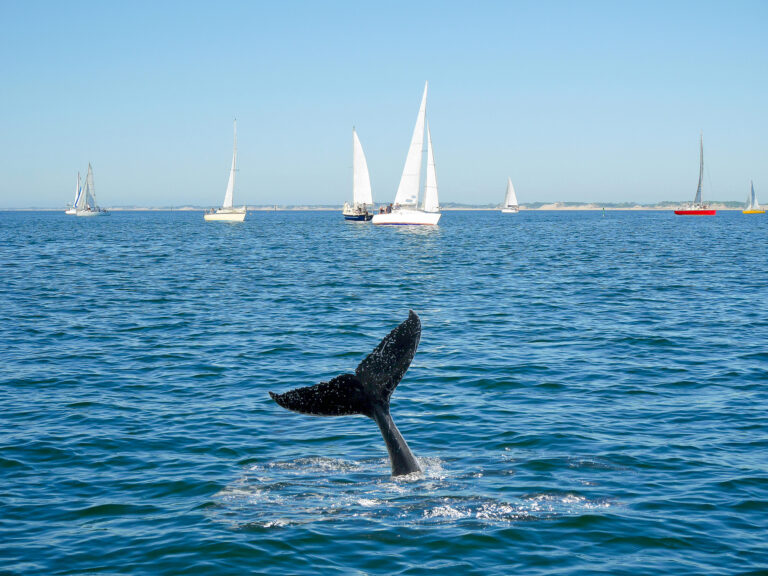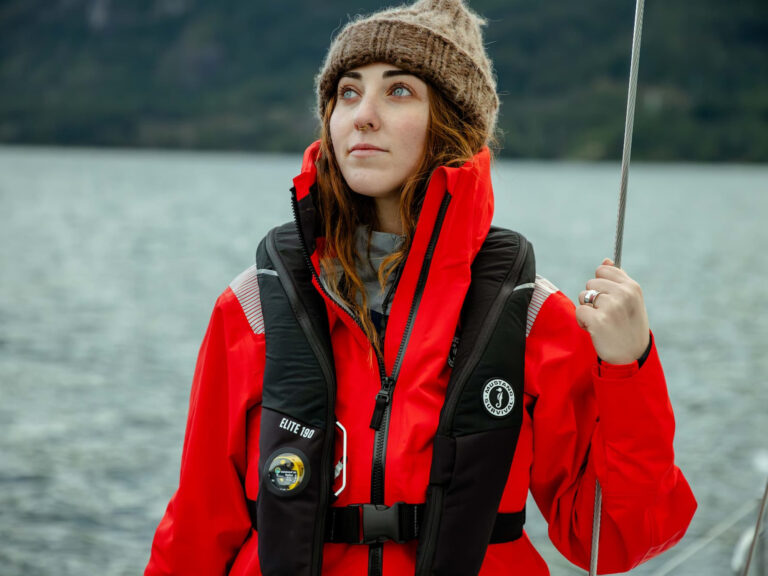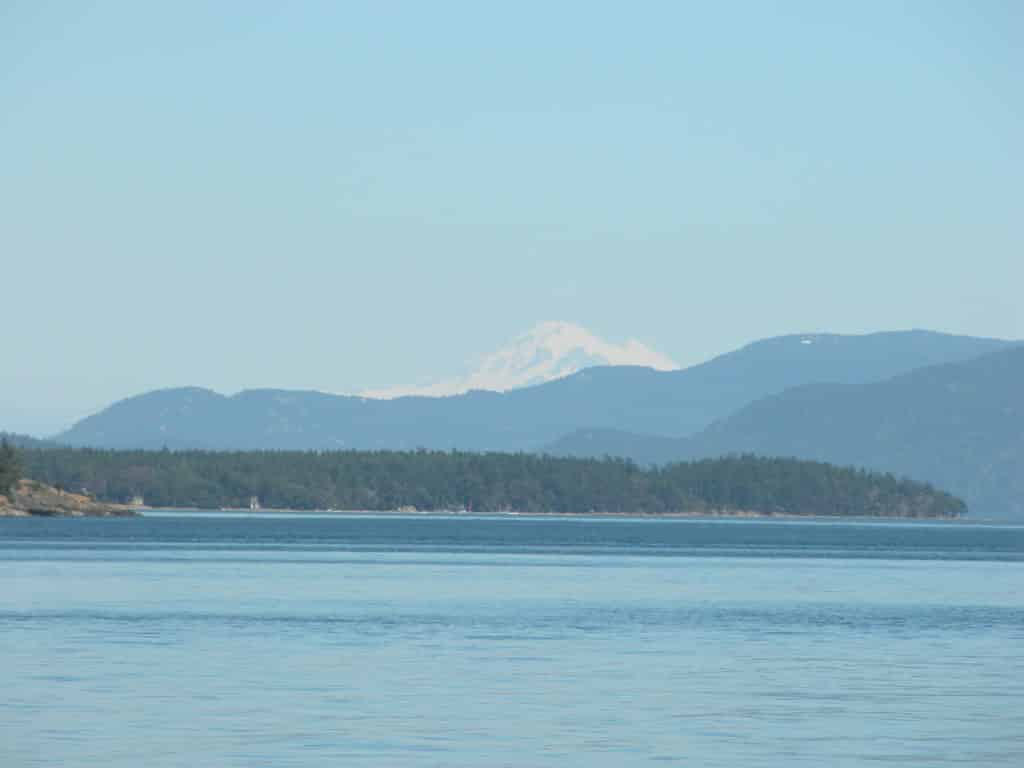
Provided that you don’t mind occasional spats of “liquid sunshine,” it’s tough to find better North American cruising grounds than Washington’s San Juan Islands or Canada’s Gulf Islands, especially if your idea of scenery involves glaciated peaks and orca and humpback whales. An international border bifurcates the two island groups, but the Salish Sea, the broader name for the waters of Puget Sound, the Strait of Juan de Fuca and the Strait of Georgia, links them together. Classic jumping-off points include Port Townsend, Washington (home to the famous Wooden Boat Festival each September); Anacortes, Washington; and Bellingham, Washington. Visiting cruisers should beware of Port Townsend’s strong currents, which can be hard to buck in a light breeze. While Anacortes is a longer passage from Seattle than Port Townsend is, it’s home to several charter companies, and its more northerly location makes it an ideal springboard for extended cruises to the San Juans or the Gulf Islands. Cruisers looking to stay closer to Seattle can explore a few of Whidbey Island’s many charming communities, and for those headed farther north, Deception Pass, on the island’s east side, offers a decidedly sportier navigational challenge than the more frequently traveled Admiralty Inlet to the west.
The San Juan Islands
The proximity of the San Juans to Seattle and Vancouver makes them a relatively easy hop for U.S. and Canadian sailors. The archipelago’s larger landmasses, such as Orcas Island and San Juan Island, are home to quaint, upscale towns such as Friday Harbor and Eastsound. For those looking for a bit more solitude, the San Juans house numerous smaller islands, including Blakely, Matia, Stuart and Sucia islands, as well as Jones Island Marine State Park, where natural landscapes outrank development. Orcas Island is the largest San Juan island and includes Mount Constitution and Turtleback Mountain, both of which offer great hiking trails and commanding views. Some of Washington’s best fishing and crabbing can be found in the surrounding waters, and visitors can expect less rain than most of western Washington.
The Gulf Islands
Of the more than 200 islands in the archipelago, 15 make up the Gulf Islands National Park Reserve: 14 square miles of protected seafloor and terra firma. Charterers can spend countless days exploring secluded bays and anchorages, or they can enjoy the trappings of more populated places such as Page’s Resort and Silva Bay Resort, on Gabriola Island. Saltspring Island is the largest and most populated of the Gulf Islands, and its famous Saturday market is a great place to buy island-grown produce; farm and winery tours are also available. Alternatively, Saturna Island is marina-free and offers great hiking trails, including Mount Warburton Pike (1,316 feet), which is the park reserve’s loftiest peak. And while the Salish Sea is cold, on Mayne Island cruisers can find warm-water swimming holes in places like Campbell and Piggott bays.
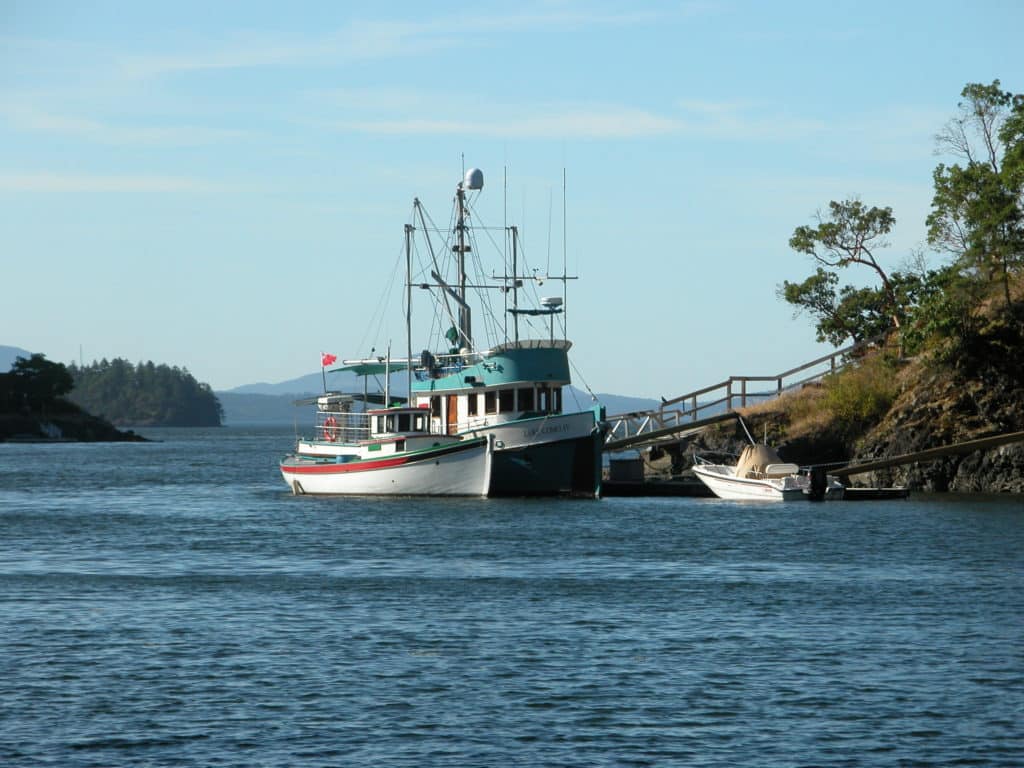
What to know if you go
Climate: Temperatures are cool and seasonal: upper 60s F in the summer and down to the 40s F November through March. Rains are common from mid-October until early summer. The best cruising months are July through September.
Winds: Easterly breeze generally ranges from 10 to 25 knots. In winter the winds are usually northeast and heavier; in summertime, expect calmer conditions trending southeast.
Sailing level: While the Salish Sea enjoys summertime blue skies, accompanying high-pressure systems typically snuff the breeze. Great summer sailing is still possible, especially if you strategically use the long days. Breeze returns with the rain, and conditions can get fairly brisk during the winter and early spring.
David Schmidt is CW’s electronics editor and a lifelong cruising and racing sailor who lives in Seattle.


